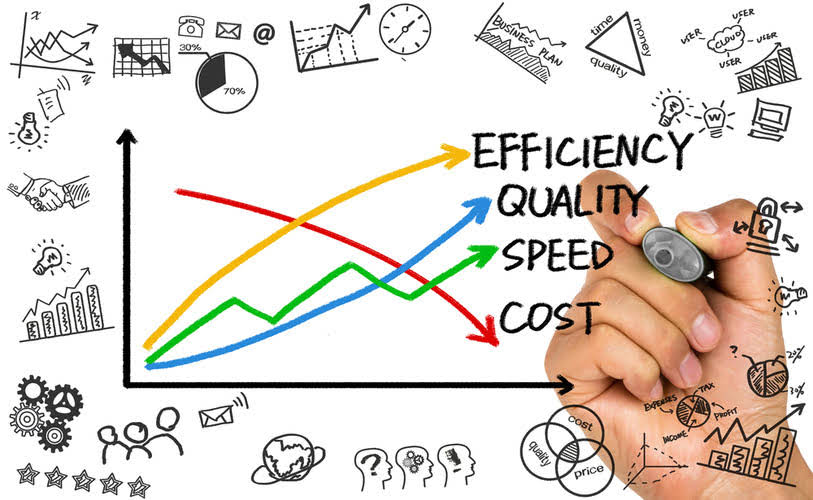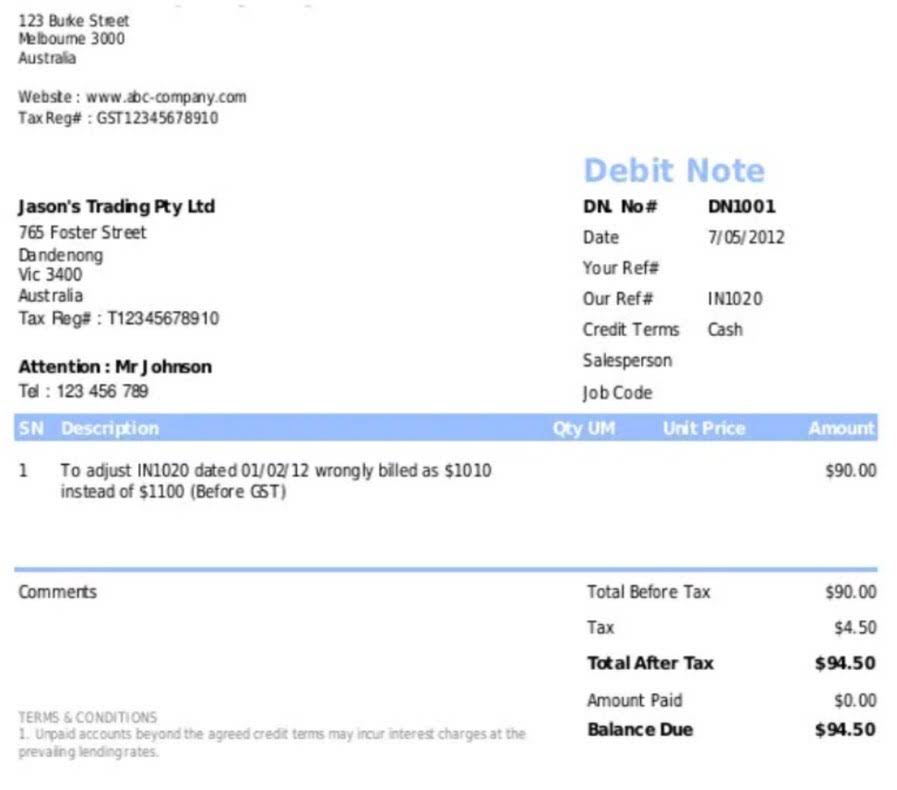
To begin, it is important to understand that cost measurement in service industries differs from traditional manufacturing costing methods. Service industries often involve intangible elements and unique cost drivers. Indirect costs – those that cannot be traced to a particular object of costing. Indirect costs include factory overhead and operating costs that benefit more than one product, department, or branch.
Example #4: Indirect manufacturing costs (factory overheads)

Examples include direct materials, direct labor, and sales commission based on sales. Direct costs – those that can be traced directly to a particular object of costing such as a particular product, department, or branch. Some operating expenses can also be non manufacturing cost classified as direct costs, such as advertising cost for a particular product. Nonmanufacturing overhead costs are the company’s selling, general and administrative (SG&A) expenses plus the company’s interest expense.

The Difference Between Manufacturing and Nonmanufacturing Costs
Sustainability in manufacturing is a top priority, whether in domestic or non-domestic production. However, dealing with waste is not a piece of cake, and the true cost of waste often slips through the eyes until it becomes a big problem. Direct labor would include the workers who use the wood, hardware, glue, lacquer, and other materials to build tables. Optimize your workforce, take control of inefficiencies, and watch your profits soar with team time tracking software. The consulting firm was also able to re-negotiate the manufacturing company’s contracts with poor-performing suppliers.
- From slow quoting processes to outdated systems and material waste, these inefficiencies are silent killers.
- However, for management objectives, managers frequently require the assignment of nonmanufacturing costs to goods.
- All manufacturing costs (direct materials, direct labor, and factory overhead) are product costs.
- Cost of goods sold is usually the largest expense on the income statement of a company selling products or goods.
- It lets you track key factors of both manufacturing and nonmanufacturing costs.
- Volkswagen’s reputation suffered a severe blow as it shattered customer trust and raised questions about corporate integrity for all brands.
Shipping & Freight Costs

The estimated recall costs exceeded $2 billion, adding to the reputational impact on the automakers. Several businesses are still clinging to legacy ERP systems to save some money. But the truth is Bookkeeping for Veterinarians outdated systems waste more money than investing in new software. High waste levels are a clear indication that something in your process isn’t optimized. Also, monitor how much time employees spend reworking or discarding parts. Pricing services feels like a high-stakes gamble for every business owner.

By calculating manufacturing costs, companies can clearly understand the true cost of making a product. Based on this information, the company’s management can add a markup to determine competitive selling prices for their products. Be sure to allocate overhead costs to the respective cost centers (specific departments, processes, or machines in the manufacturing facility that contribute to the manufacturing costs). Accurate cost calculation helps companies identify the processes or materials that are driving up manufacturing costs and determine the right pricing of products — the keys QuickBooks to remaining profitable. A current asset whose ending balance should report the cost of a merchandiser’s products awaiting to be sold. The inventory of a manufacturer should report the cost of its raw materials, work-in-process, and finished goods.
Financial Reporting vs. Individual Products and Customers
In this case, the management can decide to stop the production of some goods and invest in developing new ones that have a lower cost of production. According to a study conducted by McKinsey, these indirect costs account for 8% to 12% of the overall manufacturing costs. Manufacturing costs, also called product costs, are the expenses a company incurs in the process of manufacturing products. Overhead costs refer to the expenses incurred by a service-based organization that cannot be directly attributed to a specific service or function.
Manufacturing Costs
- However, designers and sales personnel are considered nonmanufacturing labor costs.
- Environmental Protection Agency discovered that Volkswagen had installed software in its diesel vehicles designed to cheat emissions tests.
- Remember that non-manufacturing costs are not just expenses—they represent investments in the organization’s growth and sustainability.
- We use the term nonmanufacturing overhead costs or nonmanufacturing costs to mean the Selling, General & Administrative (SG&A) expenses and Interest Expense.
- Manufacturing cost calculation gives an accurate view of the costs allowing companies to eliminate irrelevant costs and optimize resource utilization to boost profitability.
- Examples include advertising costs, salaries and commission of sales personnel, storage costs, shipping and delivery, and customer service.
In other words, selling prices must be large enough to cover SG&A expenses, interest expense, manufacturing overhead, direct labor, direct materials, and profit. All manufacturing costs that are easily traceable to a product are classified as either direct materials or direct labor. All other manufacturing costs are classified as manufacturing overhead. All nonmanufacturing costs are not related to production and are classified as either selling costs or general and administrative costs. In summary, non-manufacturing costing is a vital aspect of measuring the total cost of providing services or performing functions.


















